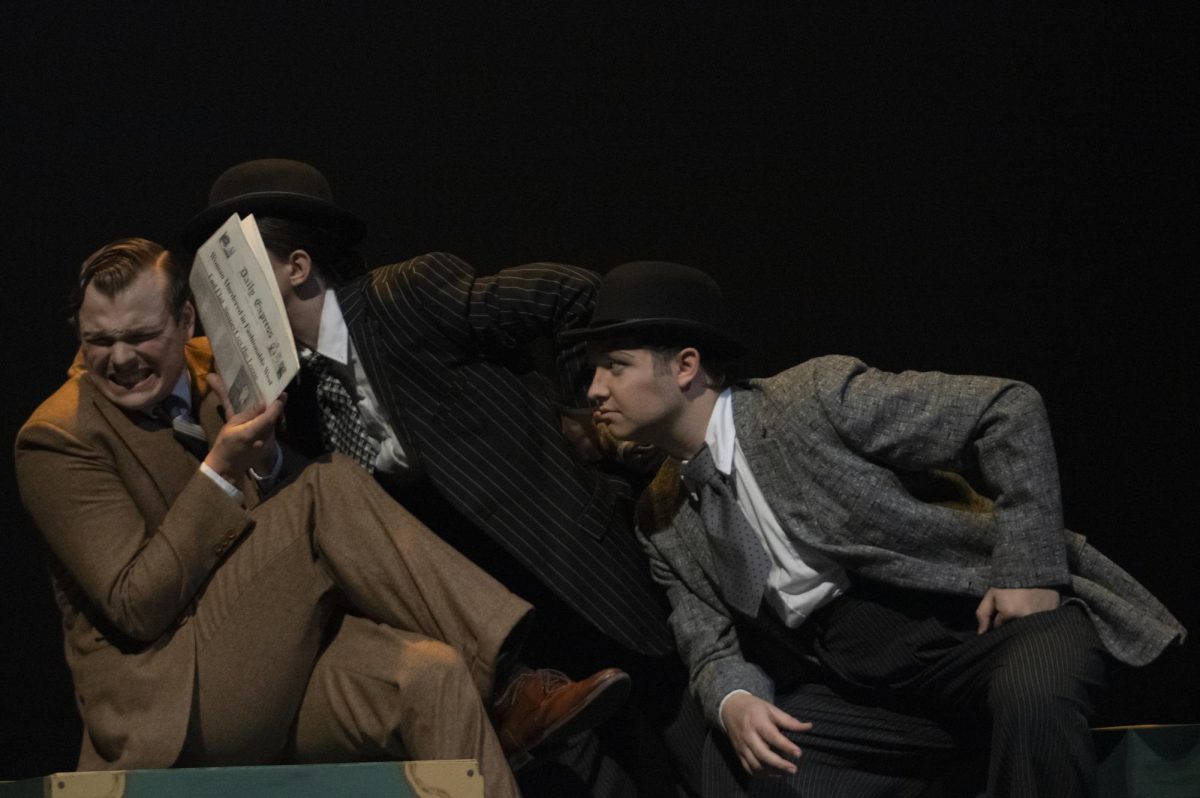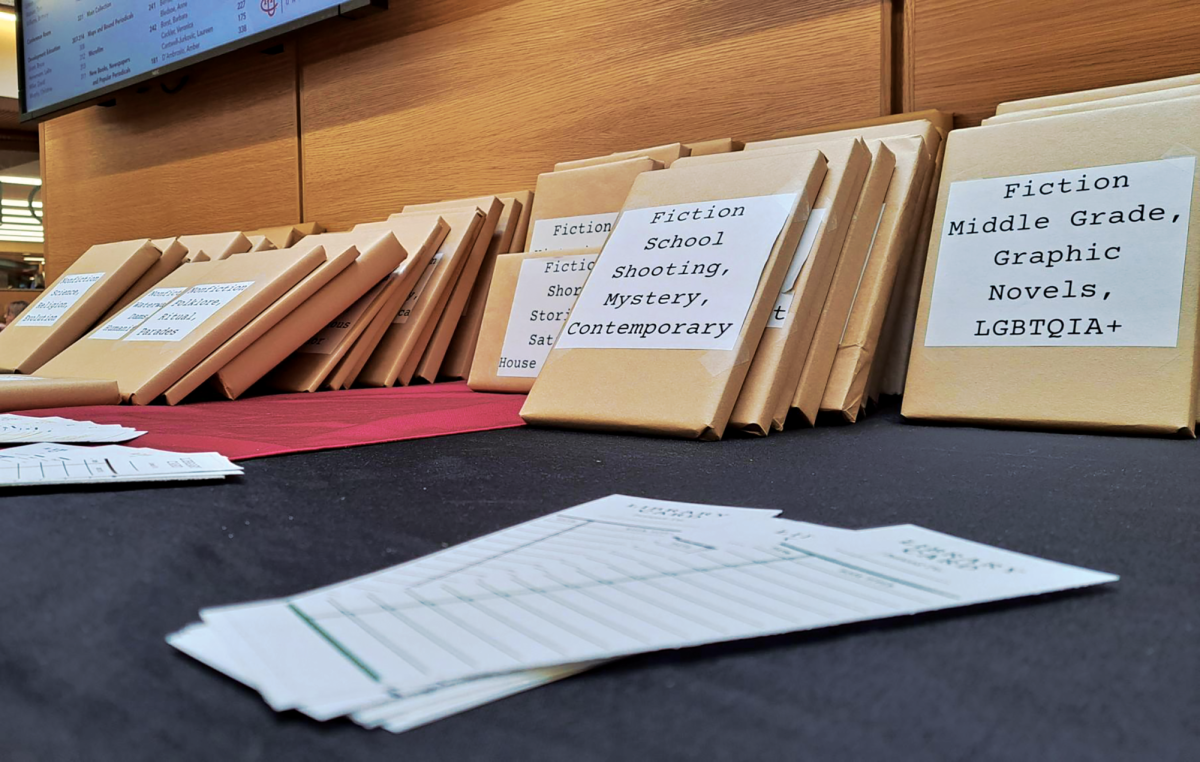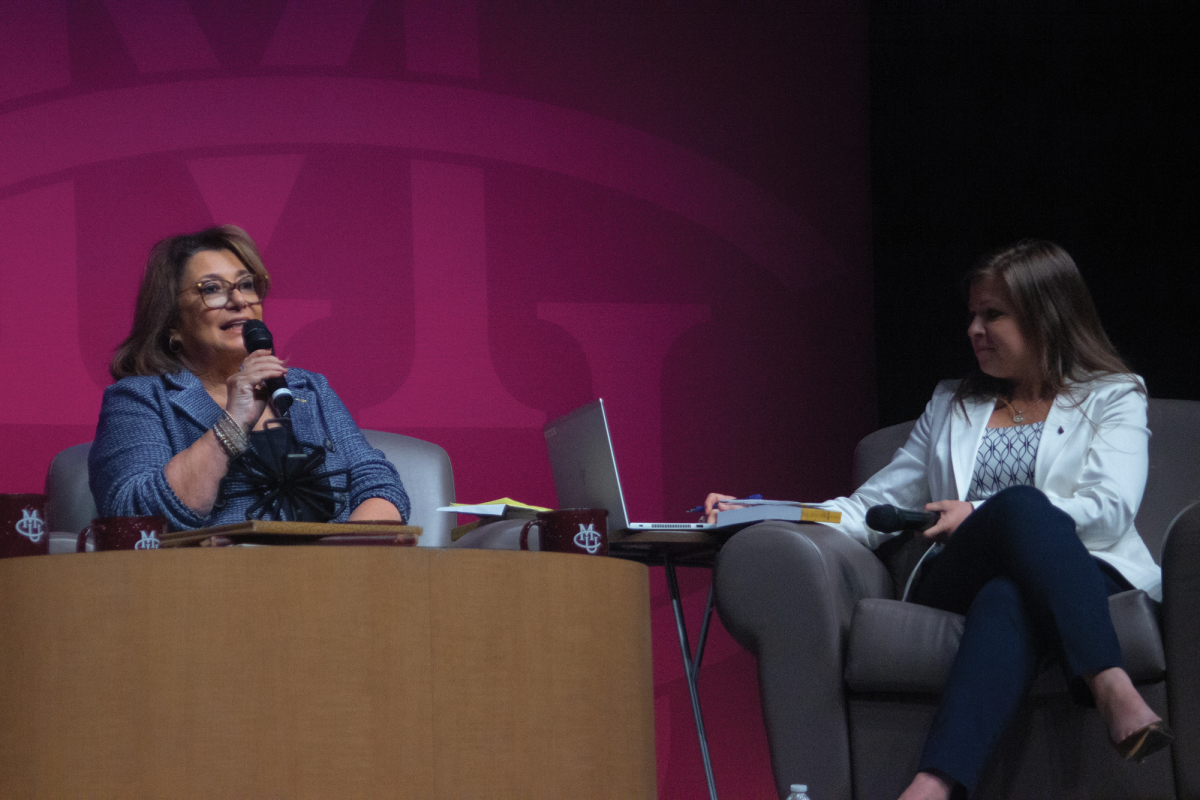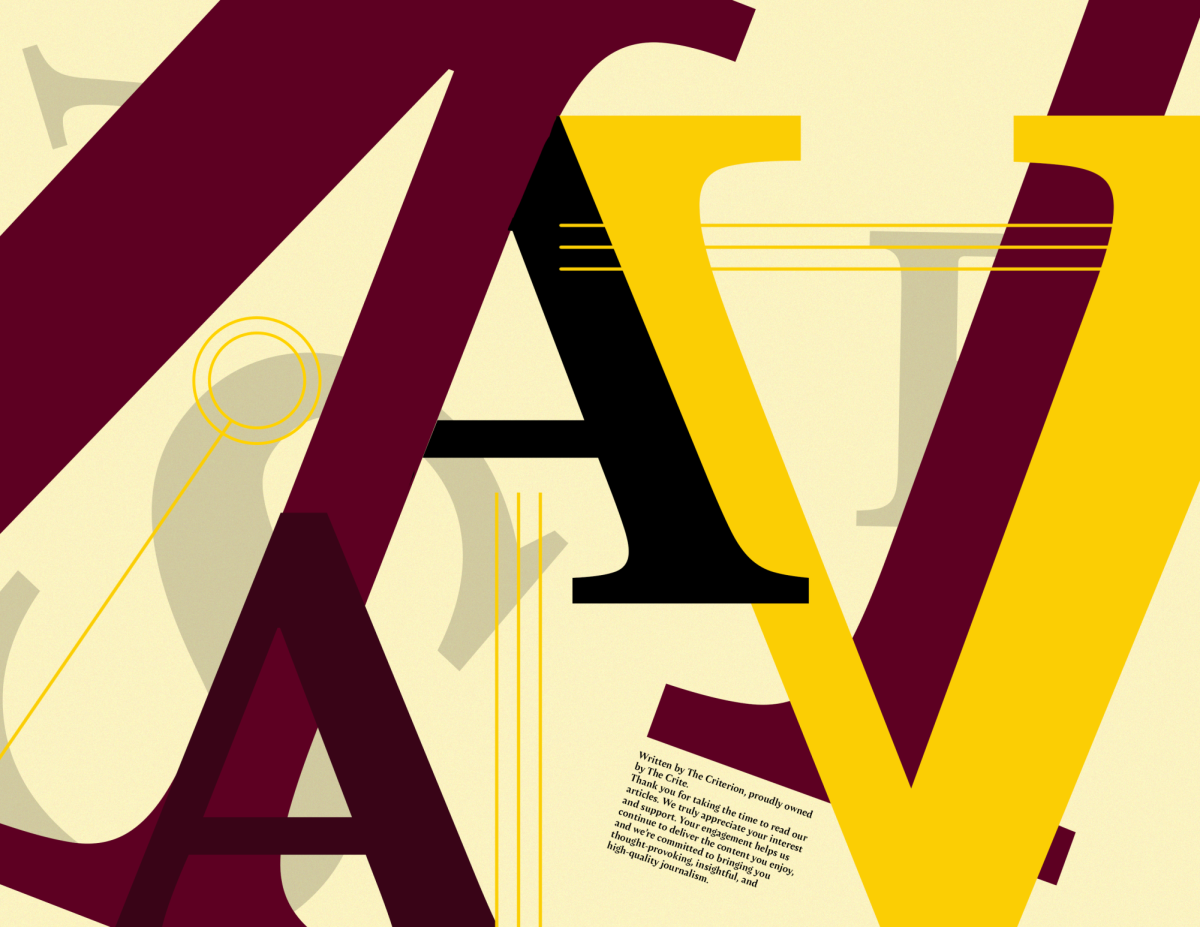It might be hard to spot wedged in the middle of the two giant dorm buildings of Bunting and the North Avenue apartments, but at 1240 and 1220 Cannell Ave, there are two houses owned by the Carrolls.
One house is inhabited by Clark Carroll and his wife, while in the other house, his 95-year-old mother resides. It is an interesting location to stay at, with the ever-encroaching college campus and the students that can be up to ungodly hours of the night, but the Carrolls stay there regardless. The real question is why stay?
Well, that question has multiple components that essentially boil down to a couple of main reasons. The first and foremost being that the Carrolls love their home.
The way that they see it, their house is the perfect place to live, not in spite of the students, but largely due to the student body.
“I love my location,” Clark Carroll said. “It really grows on you.”
Carroll doesn’t see the student body as a nuisance, but relishes the opportunity to meet so many different and young minds that are goal-oriented and finding their way in the world. While there are some students that are a tad rambunctious, Carroll says that the “trouble” students are typically gone within the semester or the year, so the students that would bother him and his family are not there for very long.
On the other hand, the good students also leave after a certain amount of time, so it is a bittersweet moment for Carroll when the students that are friendly leave. There was also a time when his mother broke her hip in front of her house and a couple of students found her and were able to help her until Carroll was able to take her to her hospital, which is very close to their house. This leads to the next selling point to stay in their house: location.
“I can’t imagine being more than two minutes from Taco Bell,” Carroll said. “Everything is two minutes away. It is also very convenient for my mother, who turned 95 today, for things to be this close”
The Carrolls are right in the middle of everything that they need. The hospital is right around the corner, Dominos and Taco Bell are a short walk away and Colorado Mesa University is right in their backyard. Being a CMU alum, Carroll is very CMU positive and loves to help out the students and attend the games. His father, Maxie Carroll, even has a scholarship that the school offers to its students.
Carroll also raises and lowers the flags that are flown at Stocker Stadium on the flagpoles that also have a plaque in his family’s name. Carroll has grown up right outside the campus for his whole life, attended Mesa State College as a student and has continued to live there, offering help to students and being an active member of his community.
[media-credit id=90 align=”alignleft” width=”300″] [/media-credit]
[/media-credit]
“The question is what I could do with,” Carroll said. “Moving into a normal neighborhood, what do they do? Living here I can see and hear all the activity going on around here, I am very used to an active lifestyle.”
With the campus so close and all of the events that they offer, the location is hardly ever dull. He has seen students come and go, neighbors move out and get replaced by CMU buildings, but he stays strong and keeps on living in his house because he loves the central location that is not more than a couple of minutes away from anything he needs and because he loves his young neighbors. These are the positive parts of why he stays, but he is also here to serve as a watchdog for the community against the rapid growth of the university.
“I am all behind the education,” Carroll said. “But the method to achieve rapid university expansion, that’s where I differ.”
Many of the students that go to the school now have no idea about how some of these buildings were built. The students arrived with places like Bunting, Garfield and the Tomlinson Library are ready up and running.
However, in Carroll’s case, he saw the construction of practically every building out there, most notably Bunting. Back in the day when CMU was allocating space for Bunting, there used to be houses with people living in them. The university had to offer money to the homeowners in hope that they would sell their house to CMU so that they could build the desired buildings.
But, Carroll wasn’t so keen to give up the home that he has lived in for so long, the benefits of the home far outweighed the encroaching university. However, there were several of his neighbors that did take the offer, some happy with the results and some quite unhappy with them.
One such resident, the Rupes, got an unsettling letter from CMU in 2010 that threatened to start the eminent domain process to obtain their property. Once CMU had gotten enough property to build a substantial dorm, where Bunting now sits, they began construction, rather poorly at that.
“I was playing air quality games,” Carroll said. “You can do whatever as long as you have containment to your site, but when you have stuff leaving your site and landing on other people’s property, that’s a Fugitive Dust Violation.”
When the university began construction of Bunting hall, the containment of the particulates was taken care of very poorly. Carroll took several videos, pictures and gathered evidence that the construction was creating unsafe conditions for the people living in the area.
He made a case by submitting his video, Clean Air One, to the various air quality control authorities in the area about how the university was doing construction without proper containment, causing Fugitive Dust Violations and spreading particulates that are harmful to humans. In his video, there are huge plumes of dust and particulates that erupt from their equipment and spreading onto the local properties.
Footage of Carroll washing soot off of his house, cars and porch show just how much there was rising up into the air that everyone was breathing. Since that fiasco, CMU has been a lot more careful about their construction of the new building that they put up so as to stay within Clean Air and EPA guidelines. He also hasn’t been pleased with how long the dirt parking lots, specifically lot G10 right behind his house, have been there, bringing more dirt up.
“How can these students pay all this money and have their dorms and cars coated with dirt?” Carroll said. “My basic issue with the lot is that it is just a health hazard. The air filters are more black and it is really difficult for me to keep this environment clean with all the dirt coming form that lot. I feel like CMU can do a better job at dust abatement.”
He feels that the attempts to mediate the dust and dirt that the school makes are poorly enacted and needs to be fixed. The parking lots are a problem that Carroll has tried to appeal and have paved to get rid of the dirt that covers the area but has had no luck. He believes that it won’t change until the students begin to take the problem into their own hands.
It is for all of these reasons that Clark Carroll and his family still live here. The location, students and activity that takes place right outside of his house is the main pro to living, whereas the strong-arm tactics that he and his neighbors have experienced in the past are the cons that he fights against.
While he isn’t happy with some of the methods that the school implements, he still loves the campus that he grew up on and attended and plans to stay as long as he needs to, hoping that there could be a civil meeting of minds should there ever be reason to discuss the future of his property. Until that day, Carroll and his family will happily live right on Cannell Ave.








